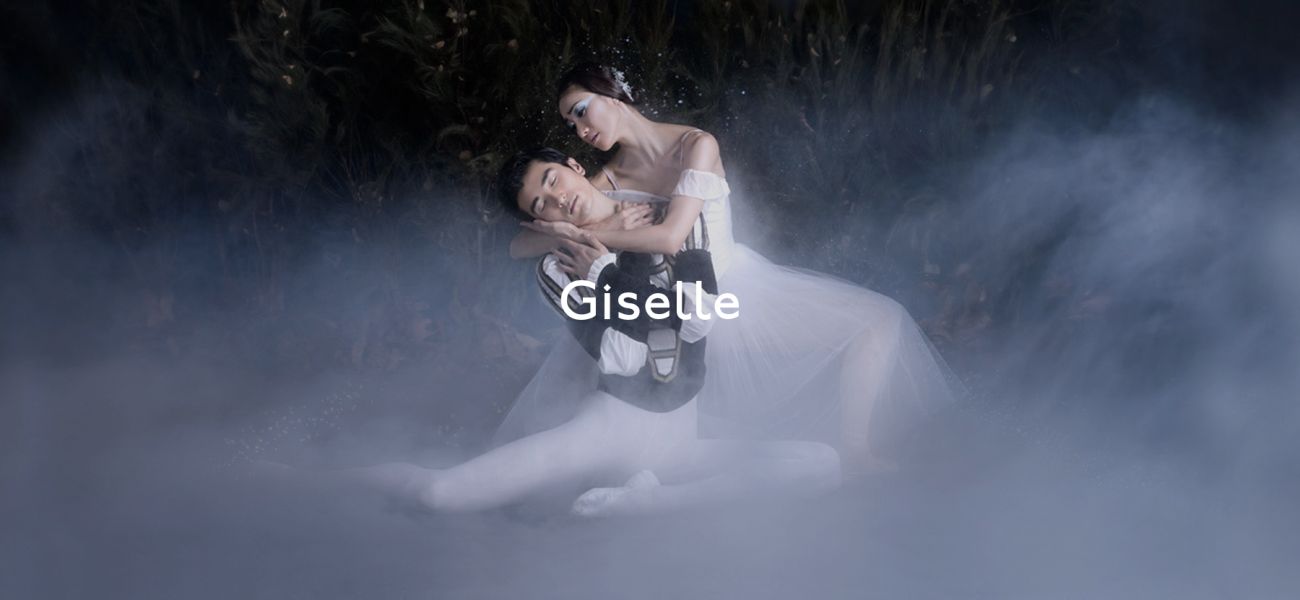From The Producer and Stager —
Ai-Gul Gaisina
I was 10 years old, a student at the Vaganova Academy in St. Petersburg, when I saw Giselle for the first time. It was profoundly, deeply impressive.
The moving and dramatic story was told and danced so beautifully, even at that young age I could comprehend, and shed tears at the end.
Giselle was first performed in 1841, and I think it has survived to this day because it offers exceptional opportunities for dancers to express artistic qualities with technique. It is also a timeless human drama to which we can all relate, with themes of love, jealousy, betrayal and remorse.
The choreography in the ‘White Act’ creates an unforgettable spiritual and supernatural atmosphere - I have always considered it to be more than a scene of coldness and cruelty by the vengeful Wilis. Adam’s music is actually very gentle until it signals Hilarion’s death, and the Wilis should reflect the music with their ethereal transparency.
As Giselle is one of the earliest Romantic ballets, it’s important to me to preserve the style and tradition of the work, and to ensure the purity of the classical technique. Beyond that, I concentrate on the interpretation of the story: the nuance of emotion, plus the subtle physical gestures that accompany the steps. Giselle is known for its mime sequences, and I have worked carefully with the dancers to make sure that the meaning of each one is very clear.
I have so enjoyed working with Li Cunxin and the Queensland Ballet Artistic team to create this production. Guiding the dancers to create each character has been a great pleasure. I hope that the images of our Giselle which linger with you are of the impeccable dancing, the beauty, and the mystery.
Ai-Gul Gaisina
